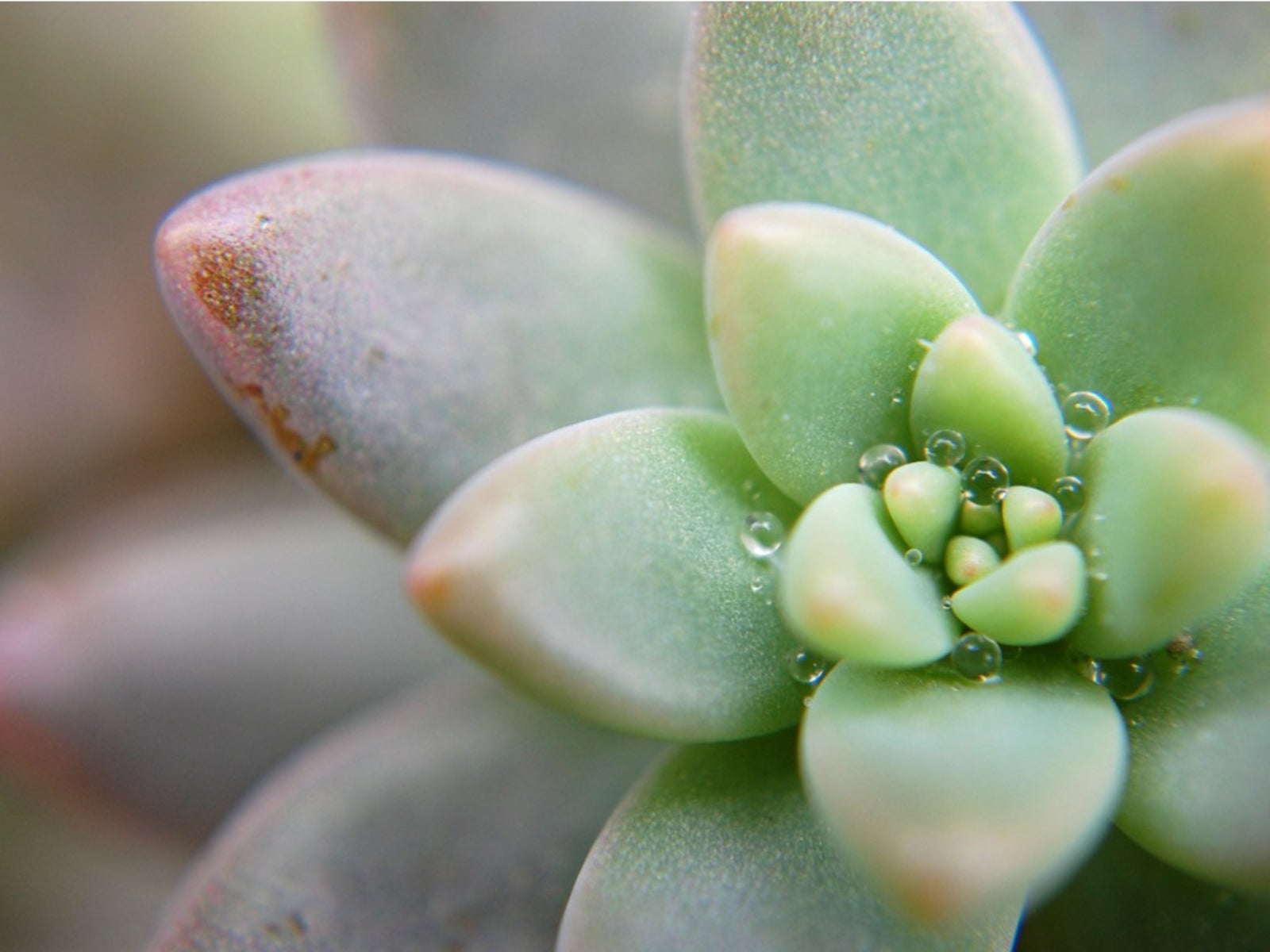Growing Cremnosedum ‘Little Gem’ Succulents


One of the sweetest Cremnosedums is 'Little Gem.' This stonecrop is an easy-to-grow dwarf succulent with charming, tiny rosettes. Cremnosedum ‘Little Gem’ makes a perfect dish garden plant or, in warmer climates, groundcover or rockery addition. Little Gem succulents tumble about with carefree glee and don't need to be watched over like most other plants.
About Little Gem Cremnosedum
Growers new to gardening or lazy gardeners will love Little Gem plants. They are in the dwarf class of sedum and have all the ease of care as the full-sized specimens. Technically, Little Gem plants are a cross between Cremnophila and Sedum. They were initially offered for sale under the name by the International Succulent Institute in 1981. Little Gem succulents are hardy to USDA zones 8 through 10 and have little frost tolerance. In warm regions, you can grow this plant outdoors but in areas that experience temperatures below 35 degrees Fahrenheit (2 C.), these should be treated as houseplants. Cremnosedum ‘Little Gem’ forms dense mats of tiny rosettes with fleshy pointed leaves. Leaves are olive green but develop a rosy blush in full sun. In late winter to early spring, they produce pretty clusters of starry yellow flowers.
Growing Little Gem Cremnosedum
These succulents need bright light and well-draining soil. Place indoor plants near a southern or western window but not so close to the glass that they will sunburn. Outdoors, plant in pots around the patio or in the ground around pavers, border edges, and even in rockeries. They will do very well in full or partial sun. These plants are so hardy they can even grow on a vertical wall or roof garden. Provided the soil is loose and gritty, it need not be very fertile. In fact, Little Gem will thrive where other plants would fail with little maintenance. You can even easily grow more of these plants simply by dividing off a rosette and laying it on soil. In no time, the little plant will root itself.
Little Gem Sedum Care
While many gardeners think succulents need little to no water, they will need regular irrigation in spring through summer. Overwatering is extremely damaging, but porous soil and good drainage holes in containers can help prevent this problem. Water when the soil is dry to the touch. Provide half the water in winter when plants are dormant. In northern climates, move potted plants outdoors but remember to bring them inside when cold weather returns. Sedums rarely need fertilizer or repotting. Repot when the container becomes overcrowded and use a cactus soil or a mixture of half and half potting soil and horticultural sand.
Sign up for the Gardening Know How newsletter today and receive a free copy of our e-book "How to Grow Delicious Tomatoes".

Bonnie Grant is a professional landscaper with a Certification in Urban Gardening. She has been gardening and writing for 15 years. A former professional chef, she has a passion for edible landscaping.